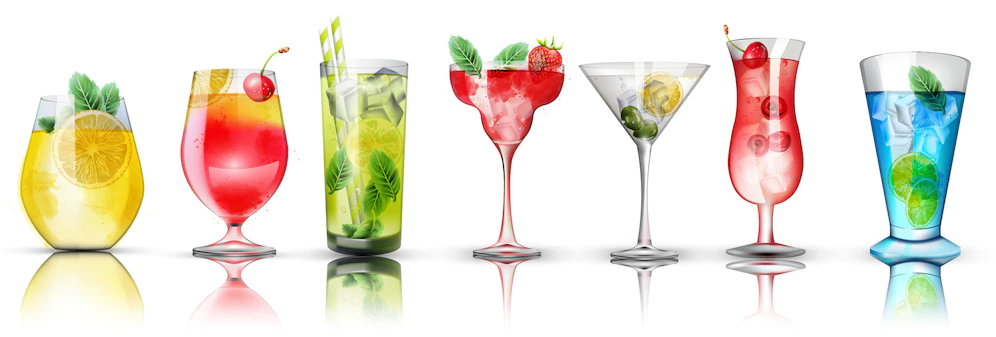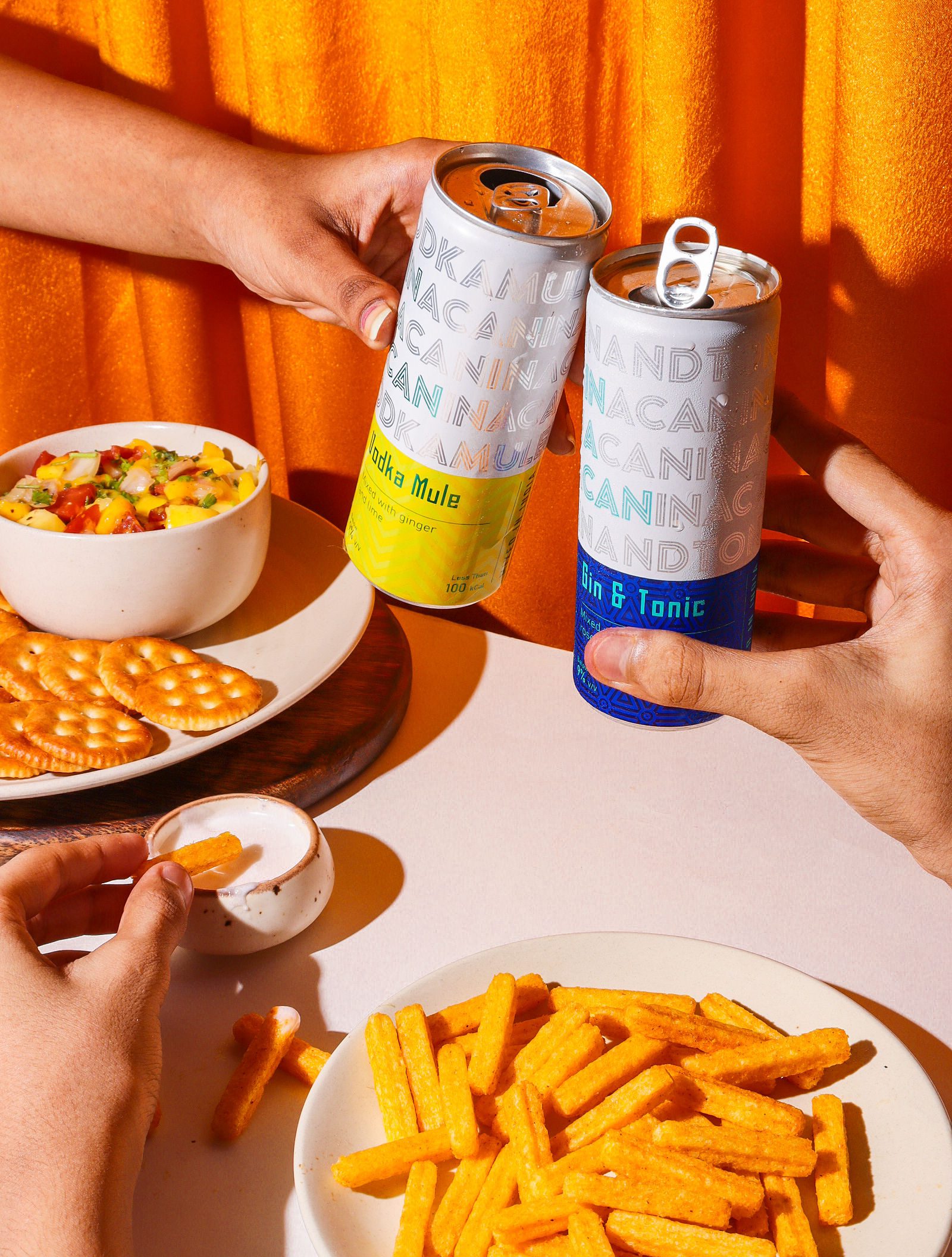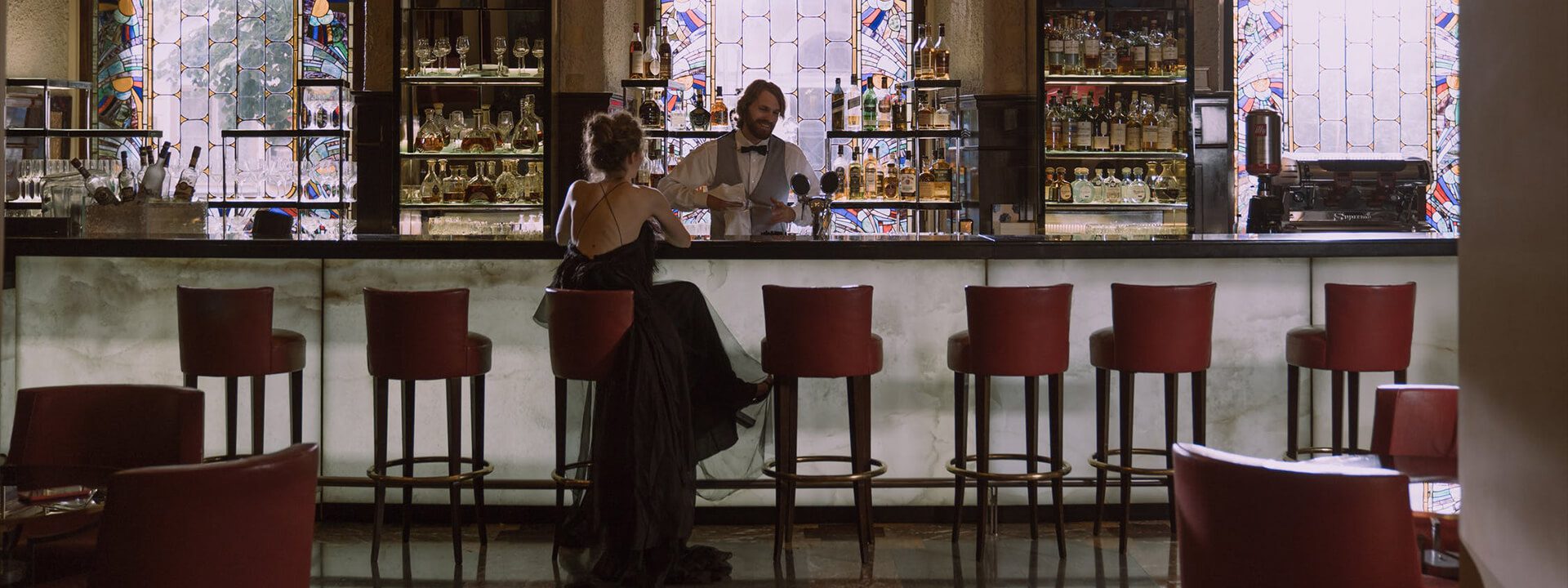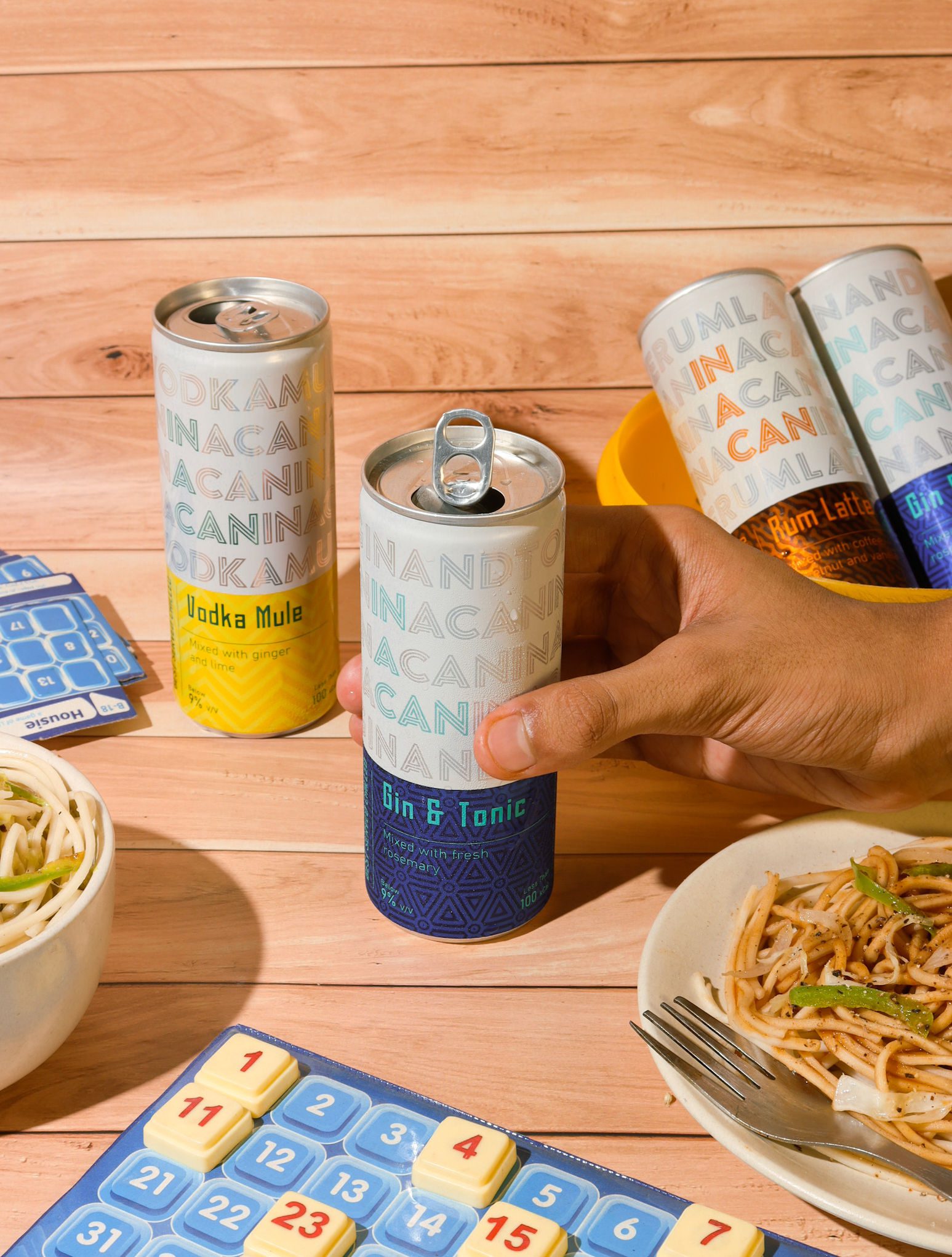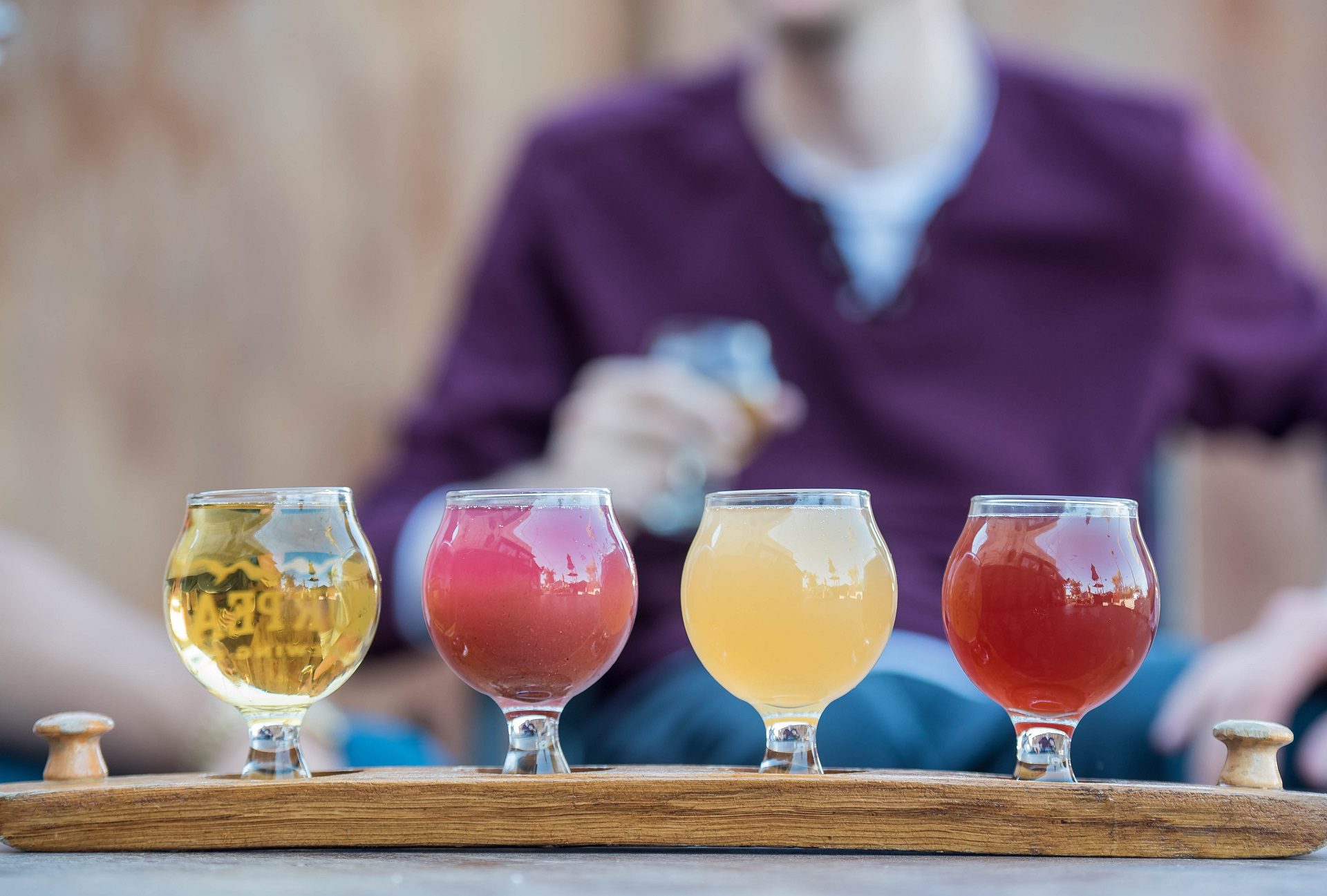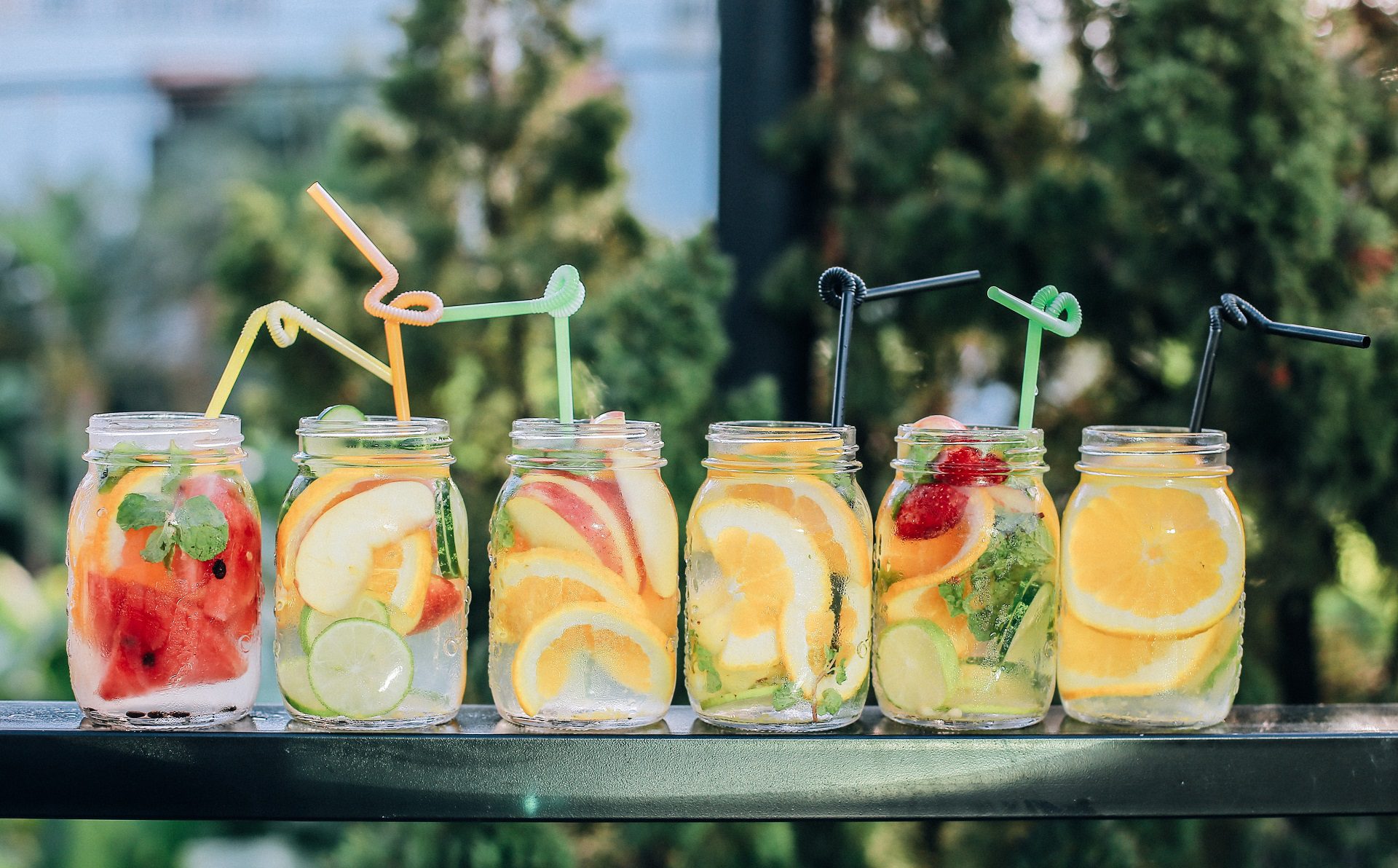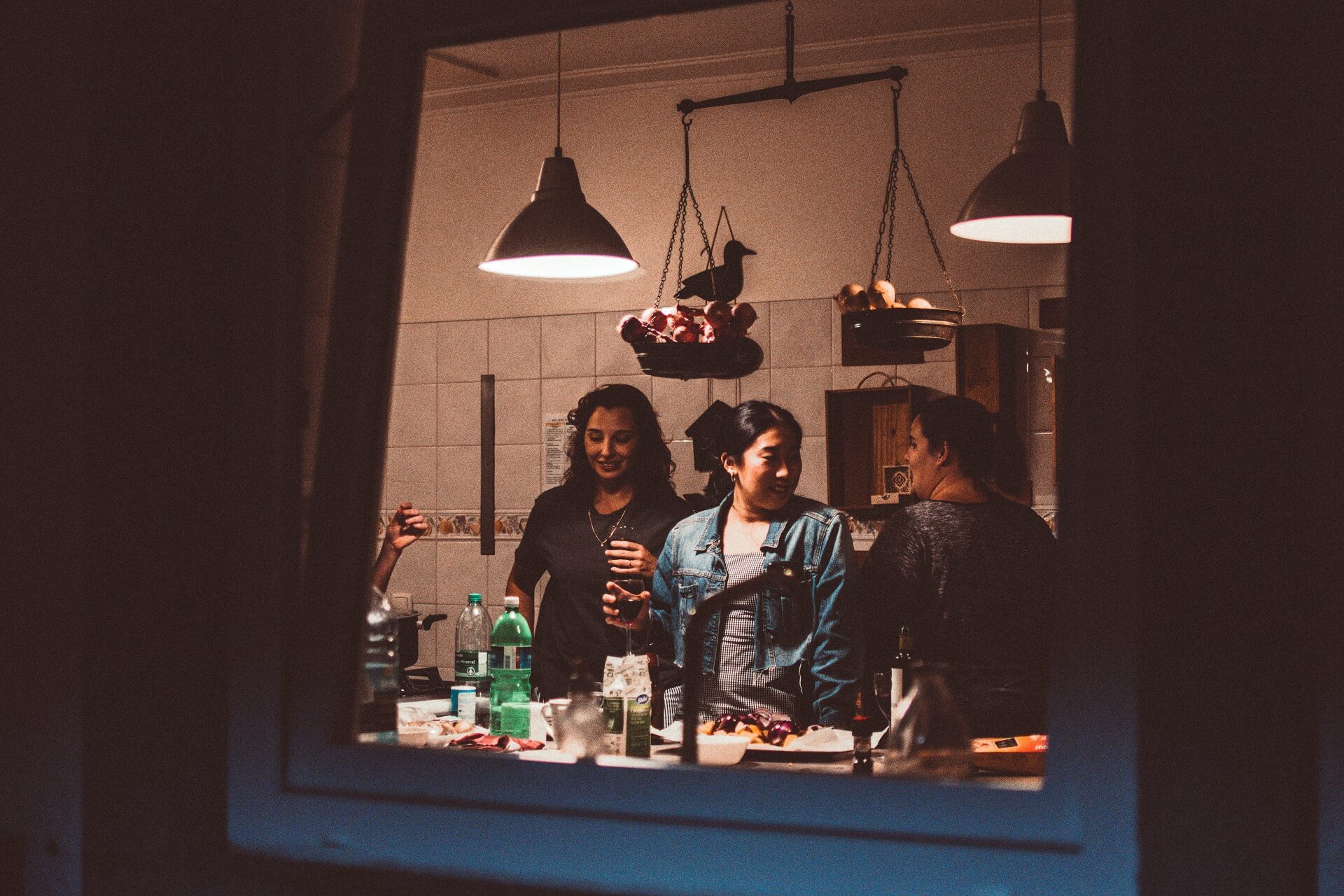Do you ever think of the alcohol content your favorite cocktail contains? I bet no. Are you never curious to know? It is indeed interesting. Let’s see how.
How often do you pay attention to the amount of alcohol in your favorite cocktails when sipping them? Like never. Perhaps the only time you are concerned about the alcohol content of a drink is when you have to return home sober. That is the only time, and by sober, I mean having beers that people do not even consider alcoholic.
The alcohol level of a drink can easily be determined by looking at the bottle’s label, which includes the ABV. However, a range of liquors and non-alcoholic combinations come into play when it comes to cocktails. And it is impossible to carry a measuring scale to every bar you go to.
So, the only way left is to know a few tricks for determining the alcohol content in drinks all by yourself.
HOW TO MEASURE ALCOHOL CONTENT
Not many people know that the strength of a spirit is indicated by two figures on a bottle of alcohol: alcohol by volume and proof.
- Alcohol by Volume is expressed as a percentage that implies the amount of alcohol present in the liquor compared to the total volume of the liquid.
- The proof is also mentioned indicating the potency of the drink. However, it is just used for distilled spirits, not on beers or wines.
And yes, the Proof is twice ABV.
Proof = 2 x ABV.

Now, let us see in what range alcoholic beverages fall:
Rum, gin, brandy, whiskey, tequila, and vodka are 40% ABV or 80-proof spirits. Rums and whiskeys can sometimes exceed 50 percent alcohol by volume (ABV) and 100 percent proof.
Liqueurs have an alcohol by volume (ABV) of 15 to 30 percent and a proof of 30 to 60. in contrast, beers have an ABV of 3 to 13 percent. The alcohol by volume (ABV) of the wines ranges from 8% to 14%.
Now, allow me to impart further knowledge on your favorite cocktails so that you know which cocktail to get the next time you are in a hurry and only want to be slightly tipsy rather than completely wasted.
You might be perplexed about how you got so inebriated with two glasses of vodka mules yesterday, whereas you were all up and going after consuming four glasses of whiskey sour the day before. Even small drinks can be extremely potent, which is why many bars now include ABV on their cocktail menus, because blended drinks can be difficult to figure out properly.
Also, because mixing the drink can play a large effect, calculating the drink’s strength will give you more control over your drink selections.
Therefore, I present you with an easy-to-follow formula to make it easier for you to enjoy your favorite cocktail without having to worry about the alcohol content.
(Alcohol content x Liquor volume/ Total drink volume) x 100 = % Alcohol by Volume
Let us try it out with our favorite cosmopolitan,
The ingredients go like this:
Ingredient volume Standard ABV
1.5 oz citron vodka 40% (.40)
0.75 oz Cointreau 40% (.40)
0.75 oz lime juice –
0.5 oz cranberry juice –
Alcohol content x Liquor volume = (1.5 x .40) + (.75 x .40) = .6 + .3 = .9
Total drink volume = 1.5 + .75 + .75 + .5 = 3.5
.9/ 3.5 = .26 x 100 = 26% ABV or 52% proof.
See? It’s not tough math.
With the above computation, cosmopolitan appears to be not so strong compared to martinis which contain around 30% ABV.
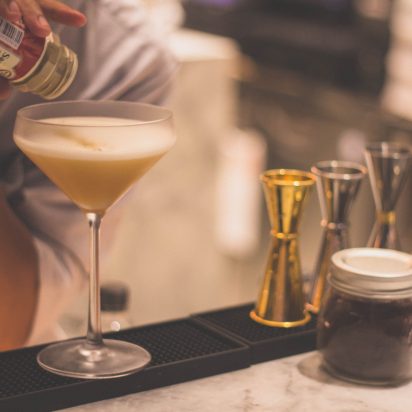
Wrapping it up
It is pretty interesting to have an idea about how strong your drink is to make informed decisions. However, I am sure you will not start doing math every time you order a drink, which is, of course, not a viable option. But this formula will come in handy, especially when you see a new drink and want to go for it.
I know it is a lot of math, but isn’t it all worth it?
Now, go and take a look at that label on your drinks in the fridge. Just kidding! Take it easy and just go and enjoy that drink in peace.


